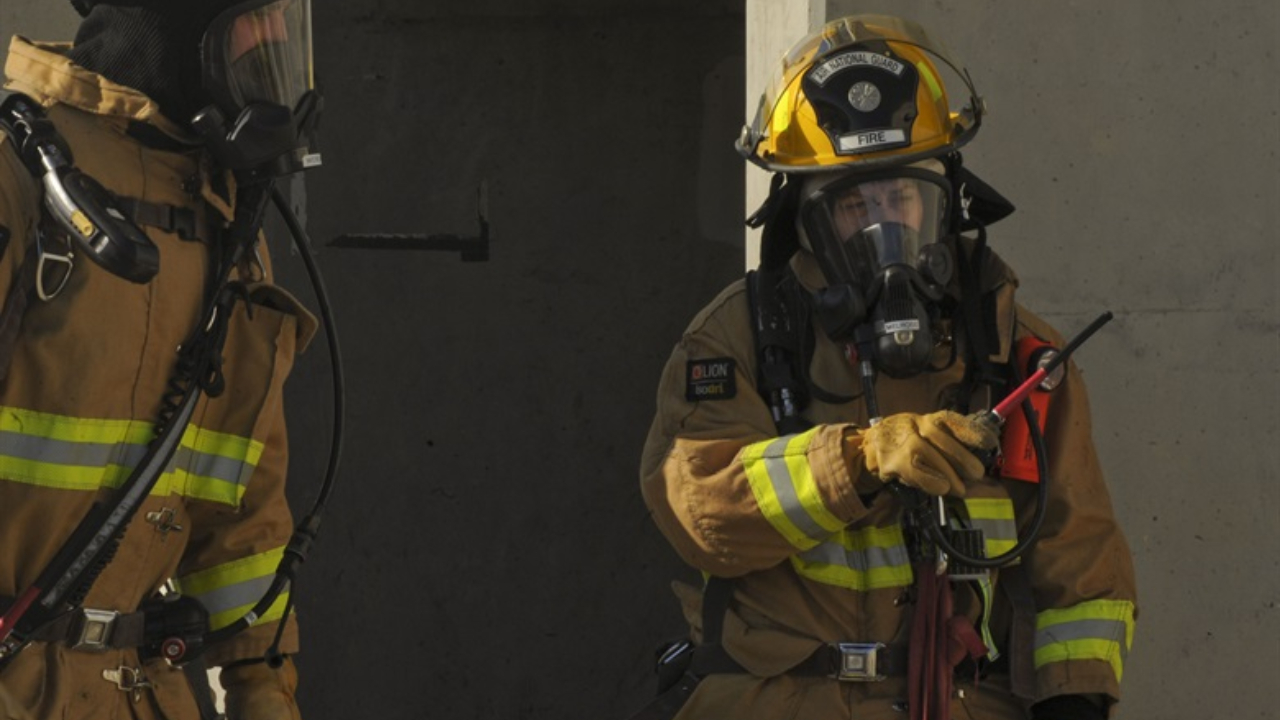Brevity: An Important Detail for Critical Messaging

The nature of the fire service regularly involves critical incidents. These events can range from events that affect a limited number of people to events that influence an entire community. Regardless of the scope of an incident, there will be one opportunity to get the messaging right. By following the four simple tenants of critical messaging, short, concise, accurate, and timely, leaders will have the best opportunity to deliver effective messaging during critical events.
Short messages have the best chance to be read and understood. With the constant barrage of social media, the 24-hour news cycle, and the ever-increasing pace of everyday life, the attention span of many people is decreasing. Short messages are more likely to be read and comprehended. This not to say critical details can be left out; the message must be crafted with efficiency in mind. There will be occasions when a complex situation requires detailed information and/or directions, but one must be very judicious when crafting long messages.
The second element of messaging in critical situations is to be concise. If you are abiding by the first tenet of being short, you do not have much room for filler and fluff. The topic sentence of the release needs to clearly state what the messaging involves. Don’t spend a lot of time laying the groundwork; get right to the message. Anything else in your message should either support your topic sentence or provide details that are important for a full understanding of the issue.
Accuracy is vital. The citizens could very well be extremely anxious in a critical situation. If the information provided by the fire department is not accurate, any further credibility could be compromised. Trust is crucial at all times when dealing with the public, but during significant events, this becomes a top priority. If an organization is engaged in campaign events such as an urban/wildland interface, flooding, or hurricane, to name just a few, a loss of credibility can seriously hamper an agency’s ability to protect the community. If people don’t believe you, then they probably will not listen to what you have to say.
Timely release in these types of situations is essential. As previously stated, a community’s apprehension or anxiety can rise to an elevated level during a critical event. The sooner an organization can provide updates and need-to-know information, the better. Often the rapid release of brief and accurate information will buy time to allow for a more comprehensive message. This tactic can be beneficial when dealing with the media. Accurate and timely information for a 30-second sound bite with a guarantee to follow-up before the next deadline or broadcast is generally well-received by the professional press. No matter whom you are communicating with, messaging that is in sync with the current situation will almost always be viewed in a favorable light.
The four tenets of critical messaging, short, concise, accurate, and timely, should be used as a guidepost to develop messaging during significant events. It is much better to go into an event with some idea of how to accomplish the message as opposed to just haphazardly making decisions. How you communicate during a critical event could impact your organization long after the event, and you will only get one chance to do it right.
Chief Dennis Reilly is a 43-year fire service veteran currently serving as the Assistant Chief/Operations Commander for the Davis California Fire Department. Dennis previously served as the Fire Chief in Sunrise Beach, Missouri, and as a Battalion Chief in Cherry Hill, New Jersey. Chief Reilly holds an MPA from Penn State, is a CFO, and a combat veteran of the U.S. Army having been deployed to the first Gulf War.